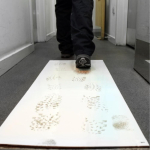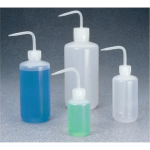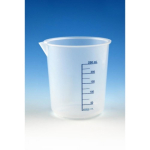Analysis Note
A single arc is shown when reacted with anti-fibronectin by IEP (immunoelectrophoresis).
Application
Fibronectin rat plasma has been used in the induction of differentiation , adhesion to extracellular matrix, neural differentiation and primary neuronal ventral mesencephalon cultures.
Biochem/physiol Actions
Fibronectin (FN)/FN1 (fibronectin 1) plays a major role in cell cycle progression, cell adhesion and proliferation and fibrotic progression. It is essential for for collagen matrix assembly. High expression of FN has a vital role during liver fibrosis. FN1 helps in the support of other matrix proteins.
Caution
The reconstituted solution should be stored in working aliquots at -20°C or lower. Vortexing, excessive agitation, or additoinal freezing and thawing of reconstituted fibronectin are not recommended.
Components
Fibronectin is an adhesive glycoproteins found in both the cell surface and in plasma.
General description
Fibronectin (FN)/FN1 (fibronectin 1) is a multifunctional glycoprotein, produced by hepatic stellate cells (HSCs). It is a constituent of extracellular matrix (ECM). FN1 is found in the cell membrane and cytoplasm. It is also synthesized and liberated by fibroblasts, endothelial cells, macrophages and hepatocytes in vivo.
Preparation Note
This product is lyophilized from 0.05 M Tris buffered saline at pH 7.5. It is soluble at 1 mg/mL in water, and should be allowed to dissolve for at least 30 minutes at 37°C. A small amount of undissolved material may remain, but it will not affect performance. The protein homogeneity is evaluated by immunoelectrophoresis, showing a single arc, is endotoxin tested, and the source material was tested negative for HIV, hepatitis B and hepatitis C. In coating culture surfaces, fibronectin should be diluted in sterile balanced sterile salt solution and coated with minimal volume. Surface should then be air dried for 45 minutes at room temp and can be stored for 2-4 weeks at 2-8°C.









